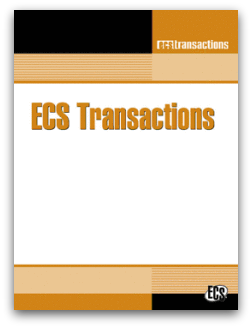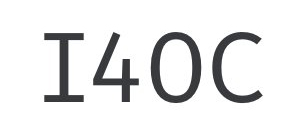 Scientists have created a nanoscale light detector that can convert light to energy, combining both a unique fabrication method and light-trapping structures.
Scientists have created a nanoscale light detector that can convert light to energy, combining both a unique fabrication method and light-trapping structures.
In today’s increasingly powerful electronics, tiny materials are a must as manufacturers seek to increase performance without adding bulk. Smaller is also better for optoelectronic devices—like camera sensors or solar cells—which collect light and convert it to electrical energy.
Think, for example, about reducing the size and weight of a series of solar panels, producing a higher-quality photo in low lighting conditions, or even transmitting data more quickly.
However, two major challenges have stood in the way: First, shrinking the size of conventionally used “amorphous” thin-film materials also reduces their quality. And second, when ultrathin materials become too thin, they are almost transparent—and actually lose some ability to gather or absorb light.
The new nanoscale light detector, a single-crystalline germanium nanomembrane photodetector on a nanocavity substrate, could overcome both of these obstacles.
“We’ve created an exceptionally small and extraordinarily powerful device that converts light into energy,” says Qiaoqiang Gan, associate professor of electrical engineering in the University at Buffalo’s School of Engineering and Applied Sciences and one of the paper’s lead authors. “The potential applications are exciting because it could be used to produce everything from more efficient solar panels to more powerful optical fibers.”
(more…)
 A new issue of ECS Transactions (ECST) has just been published. This issue incorporates 333 papers from the upcoming 15th International Symposium on Solid Oxide Fuel Cells (SOFC-XV). This conference will be held in Hollywood, Florida, USA, July 23-28, 2017.
A new issue of ECS Transactions (ECST) has just been published. This issue incorporates 333 papers from the upcoming 15th International Symposium on Solid Oxide Fuel Cells (SOFC-XV). This conference will be held in Hollywood, Florida, USA, July 23-28, 2017.

 ECS is proud to announce its partnership with the Initiative for Open Citations (I4OC). By joining forces with I4OC, ECS has opened up citation data, further expanding accessibility to scientific knowledge by releasing into the public domain reference data published in
ECS is proud to announce its partnership with the Initiative for Open Citations (I4OC). By joining forces with I4OC, ECS has opened up citation data, further expanding accessibility to scientific knowledge by releasing into the public domain reference data published in  In an effort to expand South Australia’s renewable energy supply, the state has looked to business magnate Elon Musk to build the
In an effort to expand South Australia’s renewable energy supply, the state has looked to business magnate Elon Musk to build the  Around the world, the transportation sector is evolving. Globally, electric vehicle (EV) sales have
Around the world, the transportation sector is evolving. Globally, electric vehicle (EV) sales have  Scientists have created a nanoscale light detector that can convert light to energy, combining both a unique fabrication method and light-trapping structures.
Scientists have created a nanoscale light detector that can convert light to energy, combining both a unique fabrication method and light-trapping structures. The
The  Scientists have created a durable catalyst for high-performance fuel cells by attaching single ruthenium atoms to graphene.
Scientists have created a durable catalyst for high-performance fuel cells by attaching single ruthenium atoms to graphene.